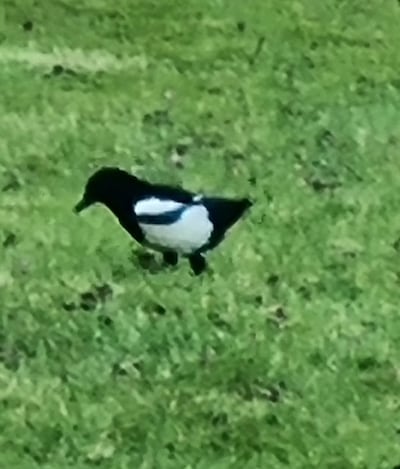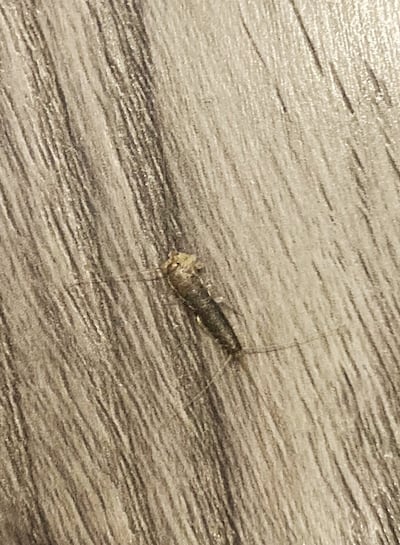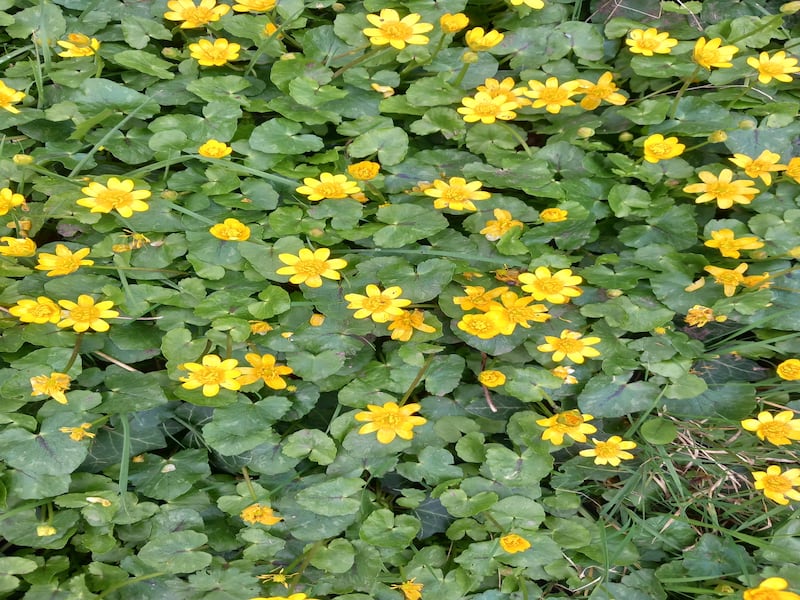I found this mauve-coloured mushroom recently, growing against a shed wall where the soil has been given a mulch of shredded branches. I have never seen the like of it before. Martin Gerard Glynn, Co Galway
It is Lepista sordida, the Sordid Blewit, whose natural habitat is in woodland where it grows close to piles of rotting vegetation. Its gills are also lilac-coloured when young. The colour fades to a lilac-brown with age. Blewits are typically seen during winter months.
Our group swims at 7am daily in Bray main beach. One morning in late February we found a large jellyfish floating in the sea. It was washed in eventually but after a few minutes it drifted back into the water. A very unusual sight in February. Marylouise Hartford

It would appear to be the remains of a Barrel Jellyfish. Several sightings on the east coast have been reported recently. It is a large jellyfish with 8 frilly tentacles which can sting – even when dead – so just as well it drifted away. It feeds on plankton, which it follows into shallow waters, so it can get stranded if it comes too close to shore. It must have thought that the sea was warm enough to venture so far north this early in the year.
READ MORE
This magpie, minus its tail feathers, has taken up residence in our garden. What might have happened to it, and will they grow back? Francis Chance, Dublin

It has had an altercation with a larger animal – possibly a cat or a fox – which, demented by being taunted and harassed by it, grabbed it by the long tail, removing a mouthful of feathers. Their tail feathers help them to be more agile in flight, although they can well fly without them. This one will spend more time on the ground for a while, but its replacement tail feathers will grow in about six weeks and it will be back to its old ways again.
[ Irish nature: Put the phone away, peer closer and be curiousOpens in new window ]
[ Eye on Nature: Unusually-coloured fungus on the dunes as Magilligan Opens in new window ]
Recently, we have found multiples of this little creature dotted around our house every morning, mostly in our kitchen/dining room. What is it and should we be worried about an infestation? Yvonne Sheridan, Dublin

It has been bothering Niall O’Sullivan too, the invaders in his case live behind the bathroom wall and only emerge at night. In both cases, the creature is a wingless primitive insect called a silverfish. It has tiny silvery scales on its body and seems to glide as it moves – hence the name. The long antennae and the three tails confirm the identification. They only occur indoors, where they emerge at night to feed on carbohydrate-rich foods such as flour, starch, wallpaper paste, book glues and the like. They are clean and odourless, don’t carry disease and are harmless. Fix up any cracks in the tiles, keep cupboards and worktops free of crumbs, put on the lights as you enter and wait a few seconds for them to slither away and you’ll be grand.
There are lots of these flowers in my hedges at the moment. Are they some sort of buttercup? D Coleman

Yes, they are members of the buttercup family called Lesser Celandines. They have eight shining yellow petals and heart-shaped leaves. They are one of the first wildflowers of the year and can be abundant in damp, shady places. Used as a cure for piles in the old days.
I have seen a jay below the bird feeder just outside the kitchen window. As this is a regular suburban garden, it was surprising to see one so close up and far from woodland. Ciara Clark, Dublin
Jays will visit gardens when food is scarce in winter.
Please submit your nature query, observation, or photo with a location, via www.irishtimes.com/eyeonnature.














